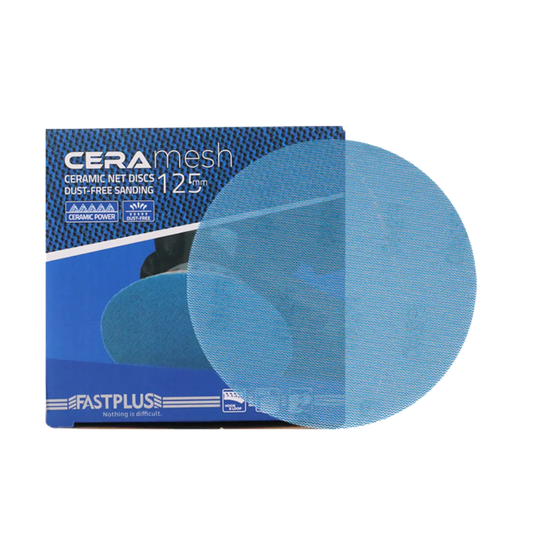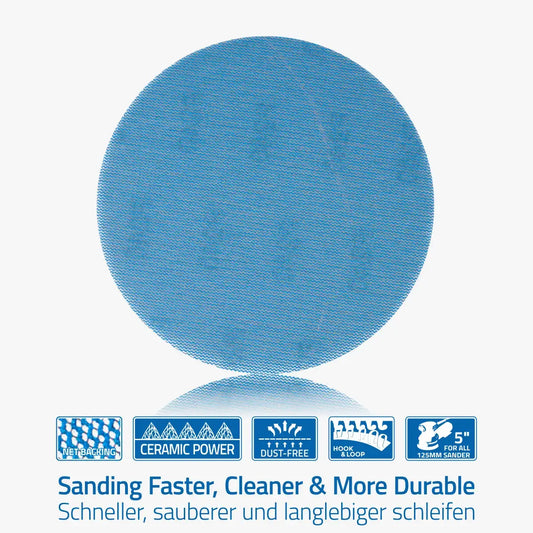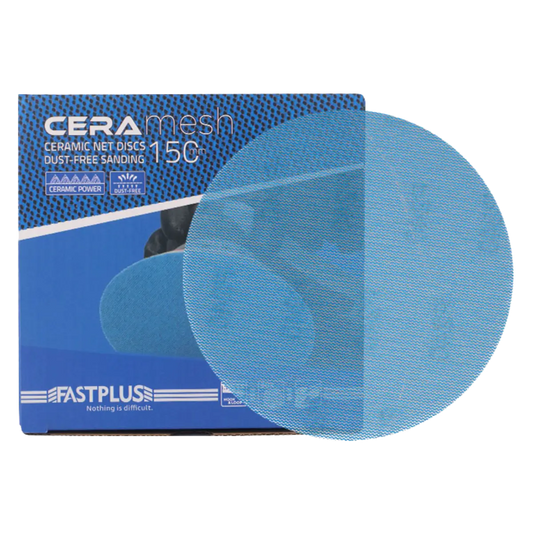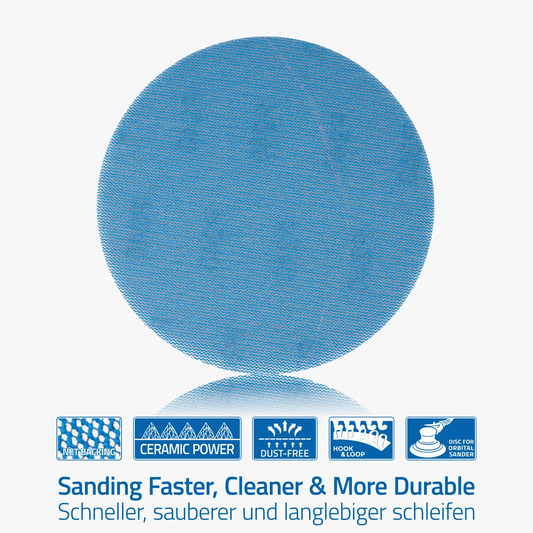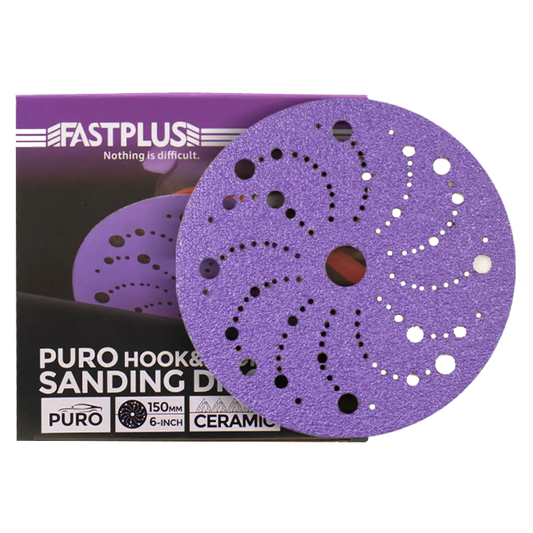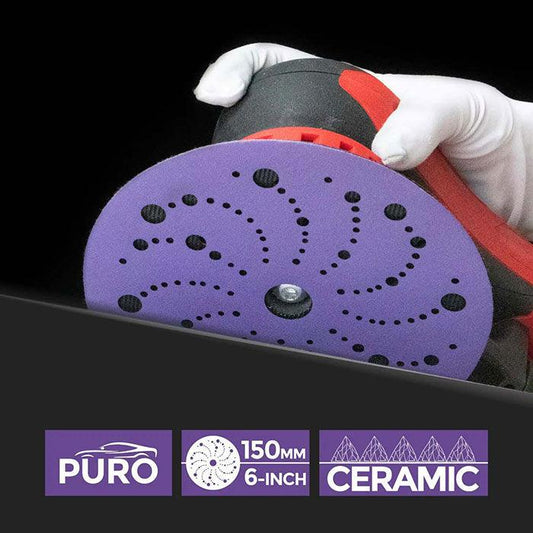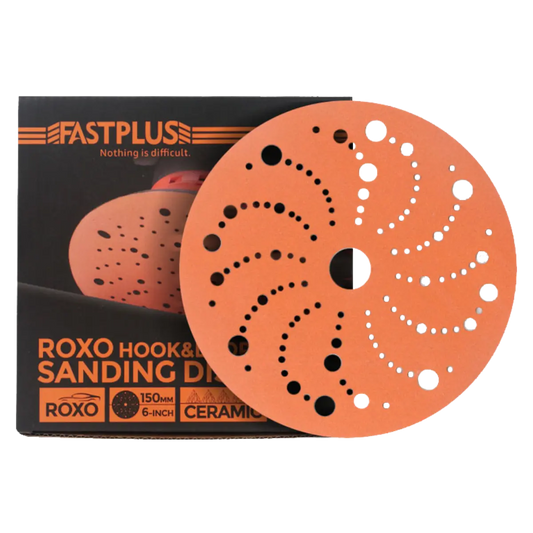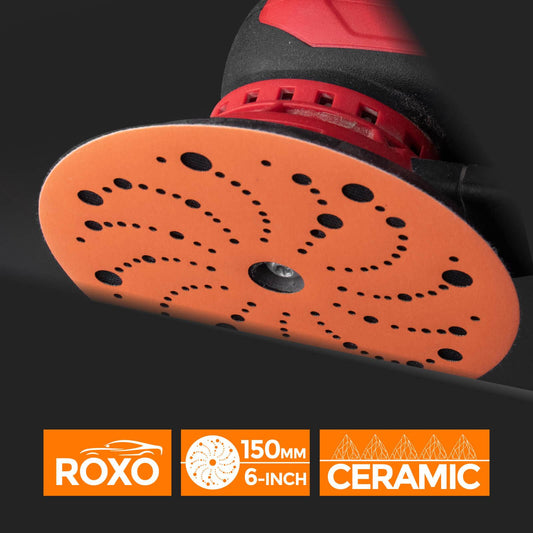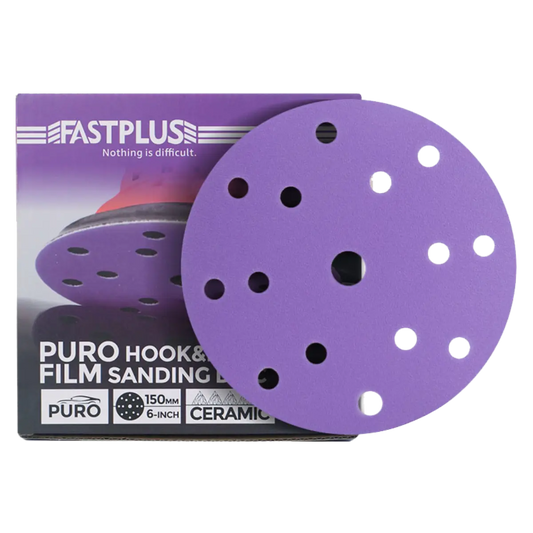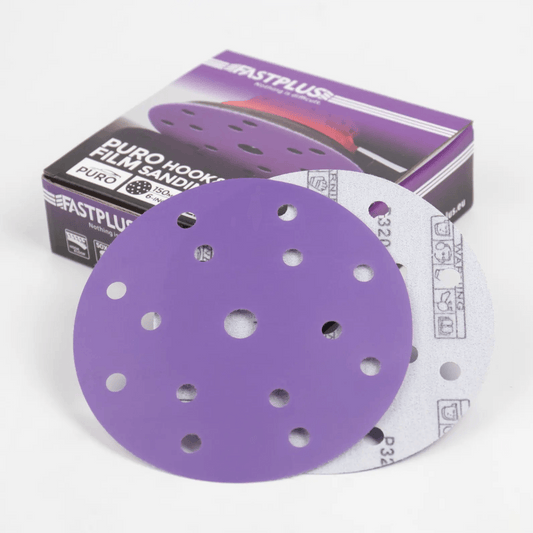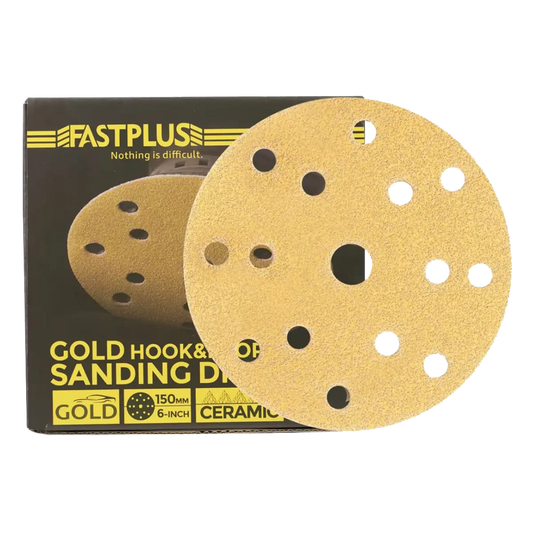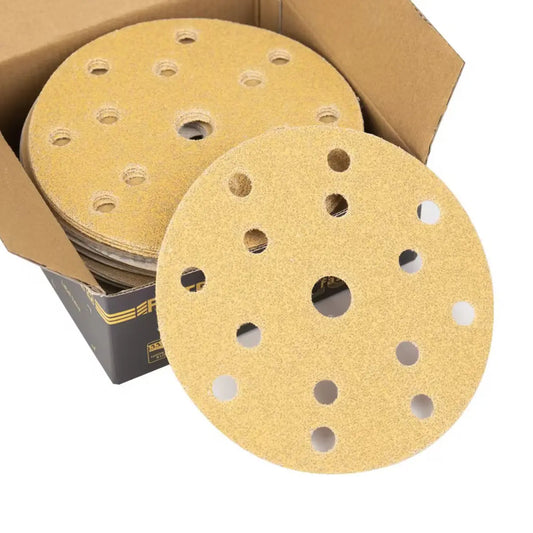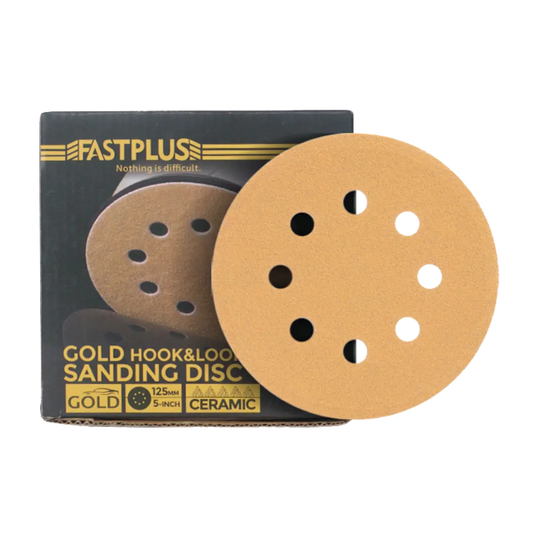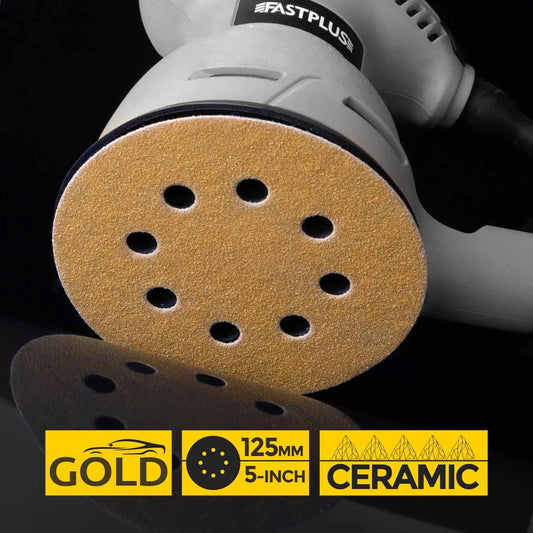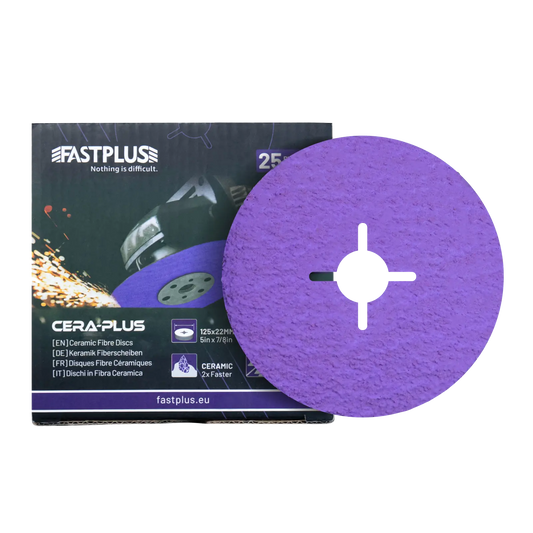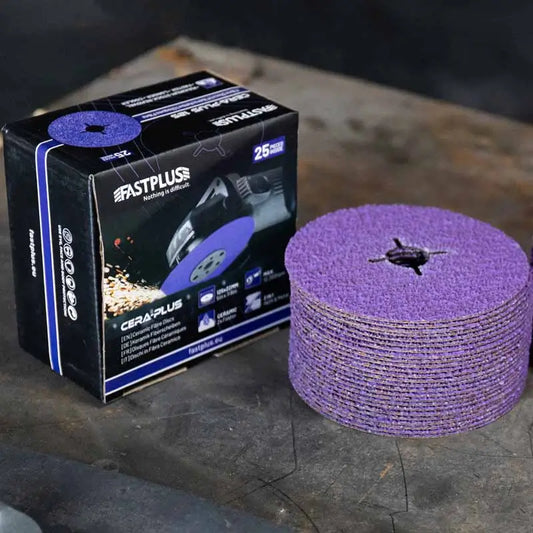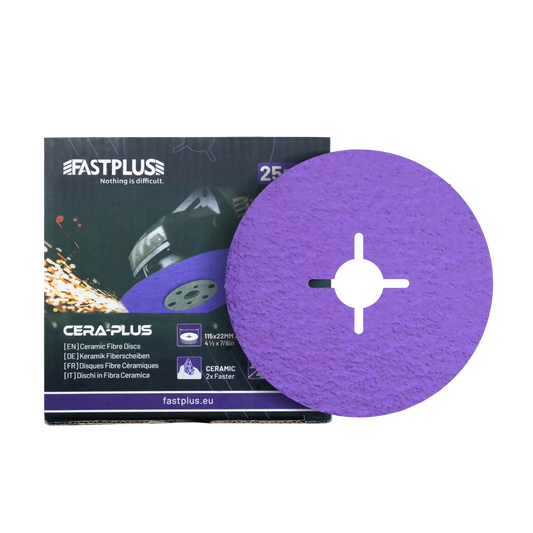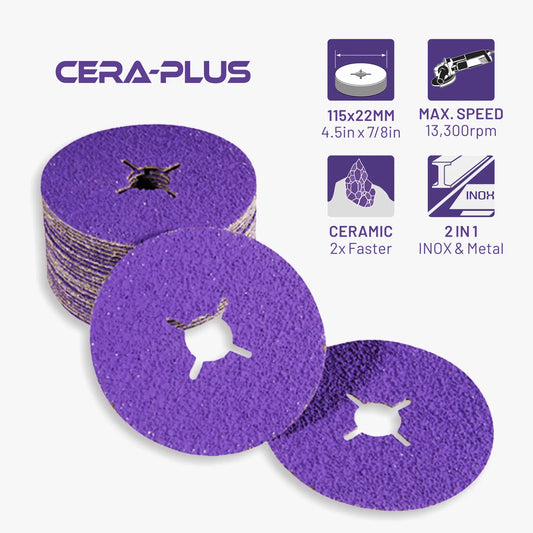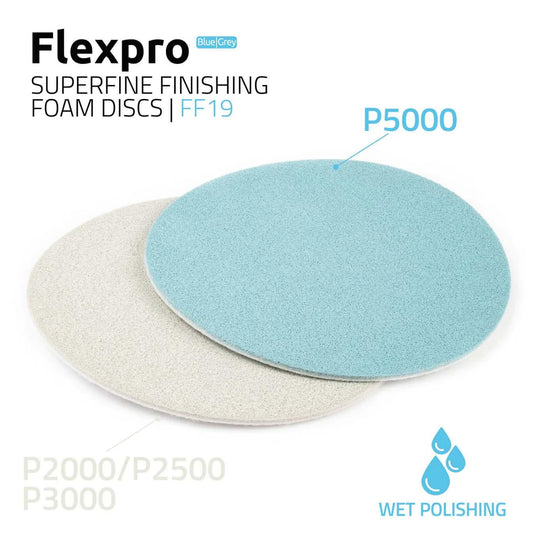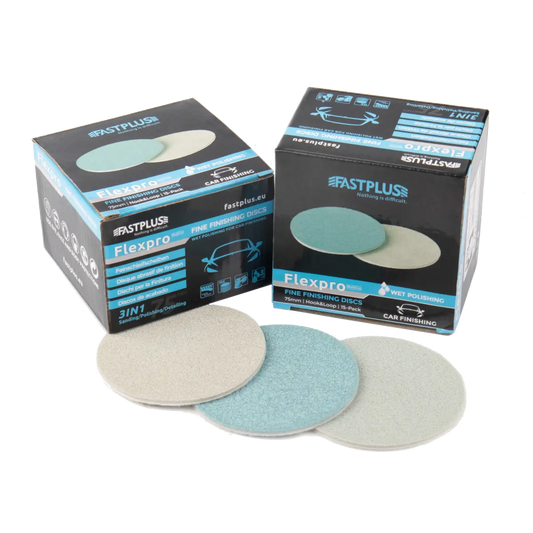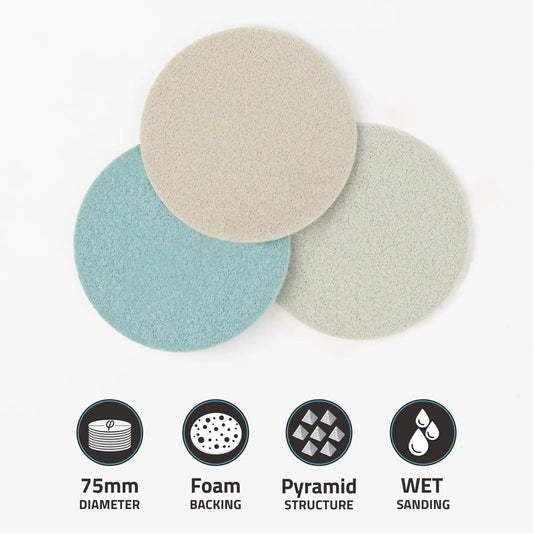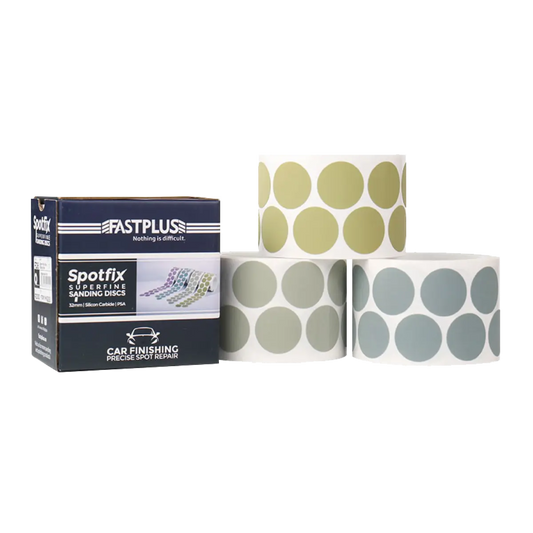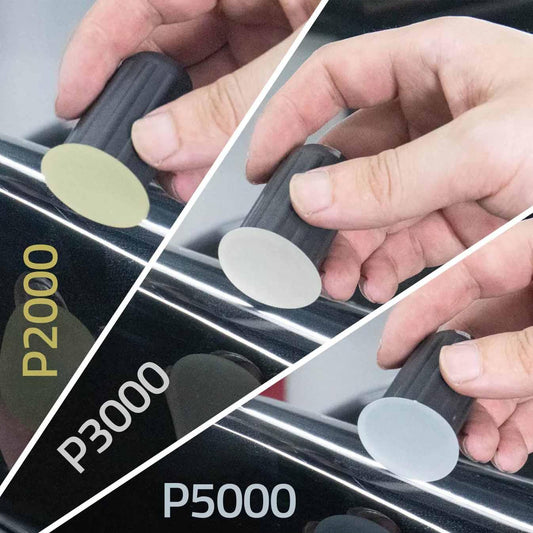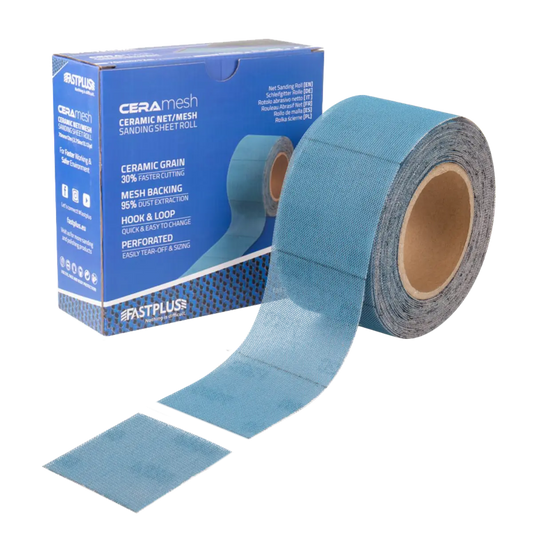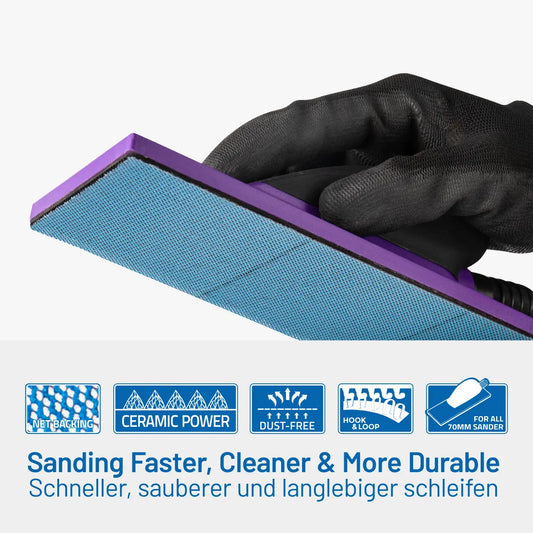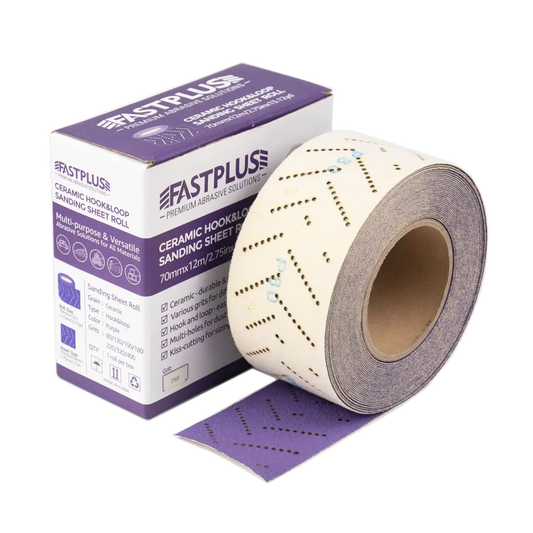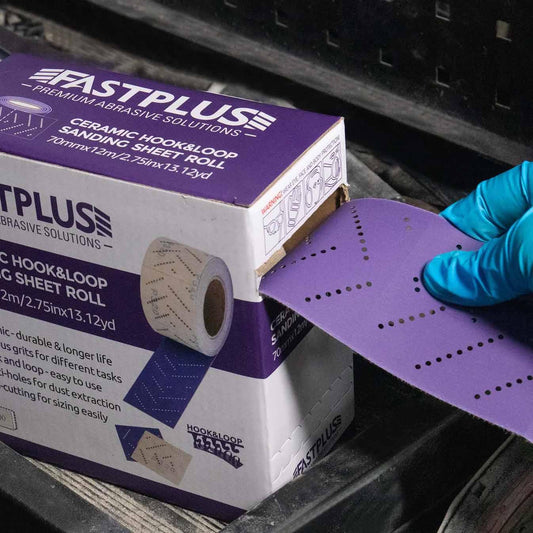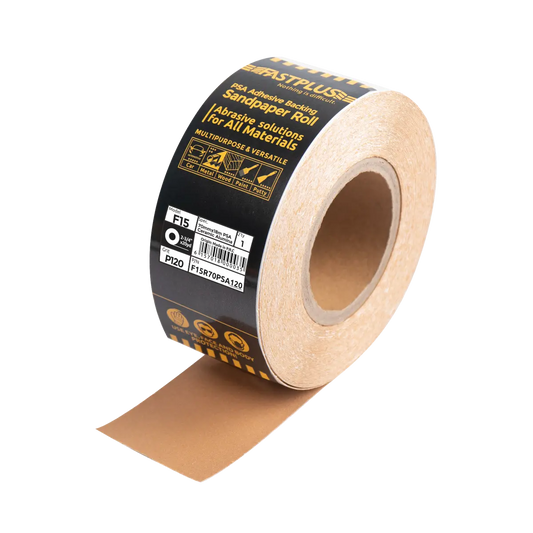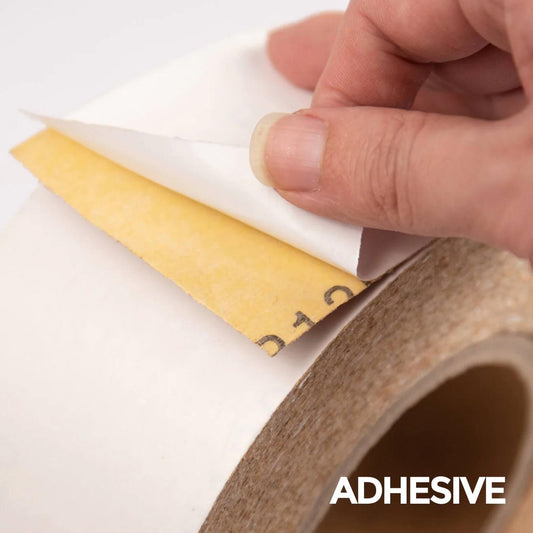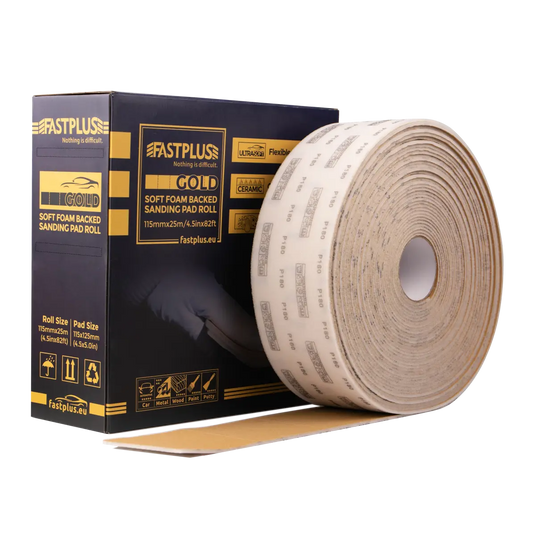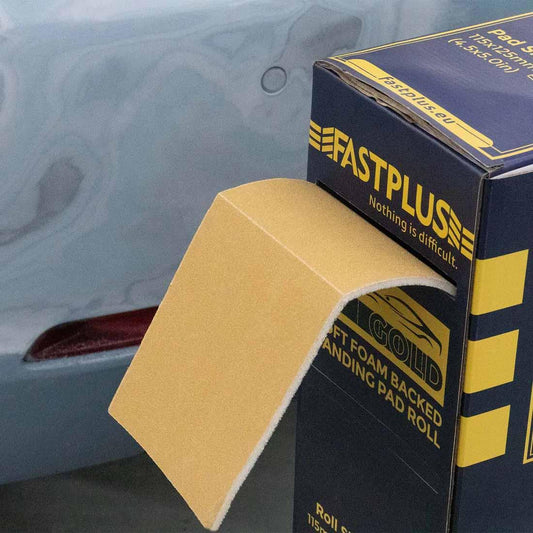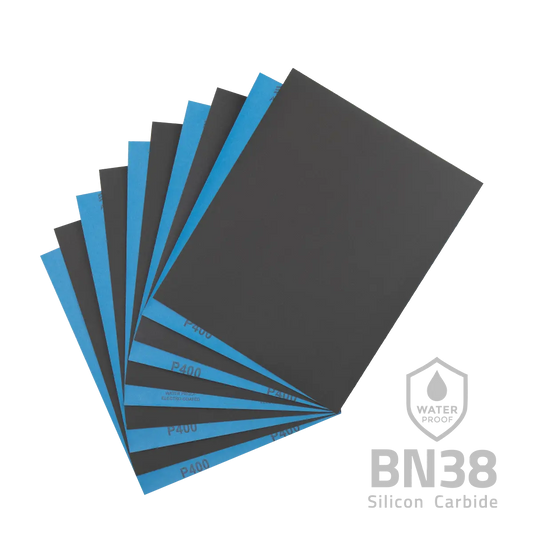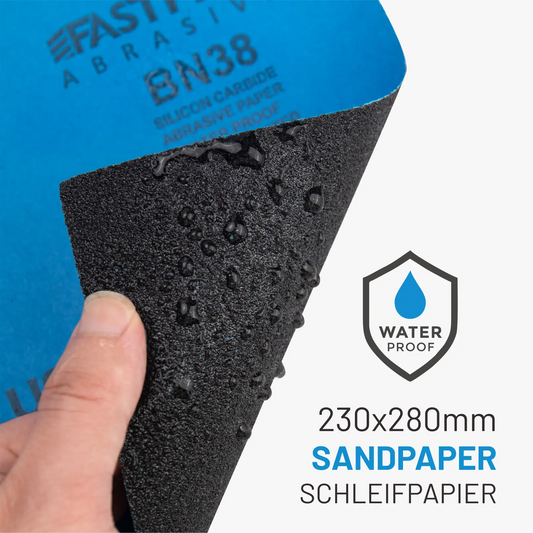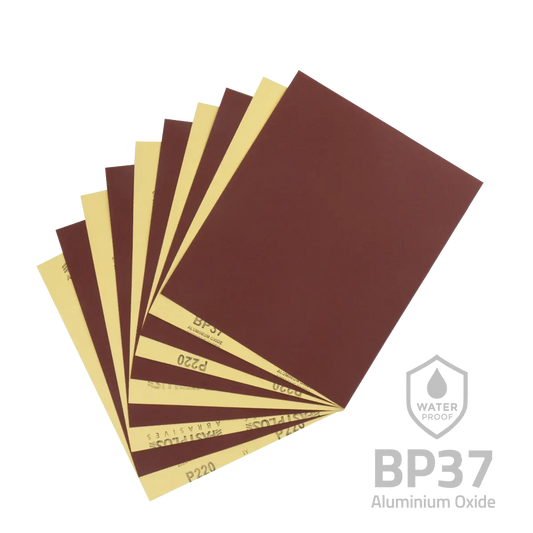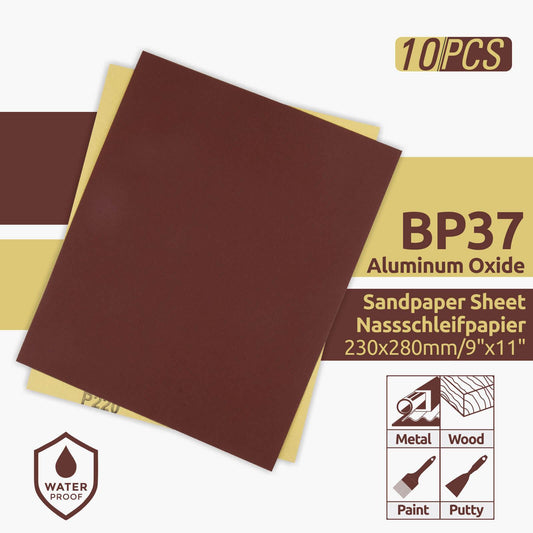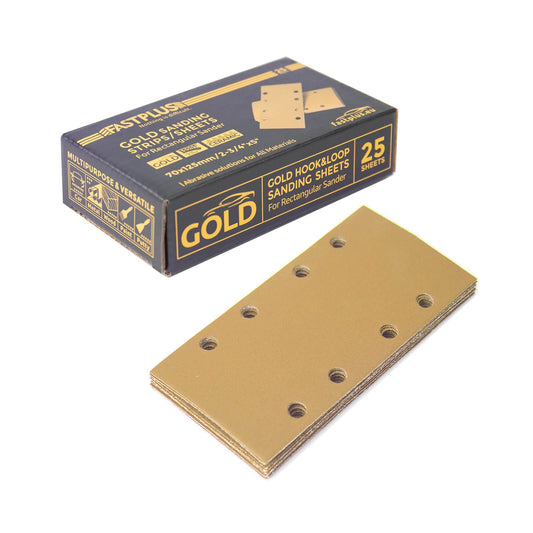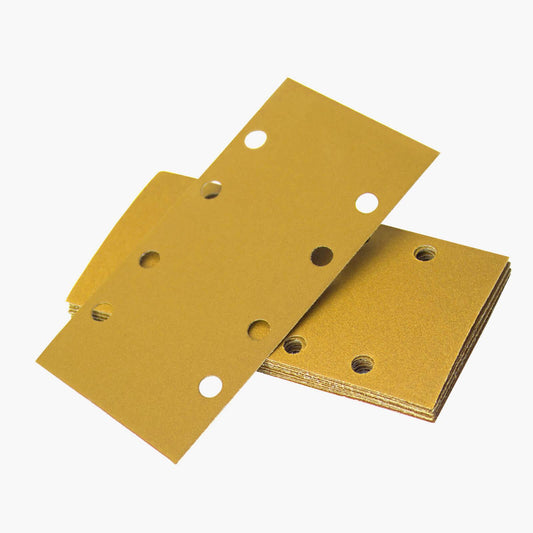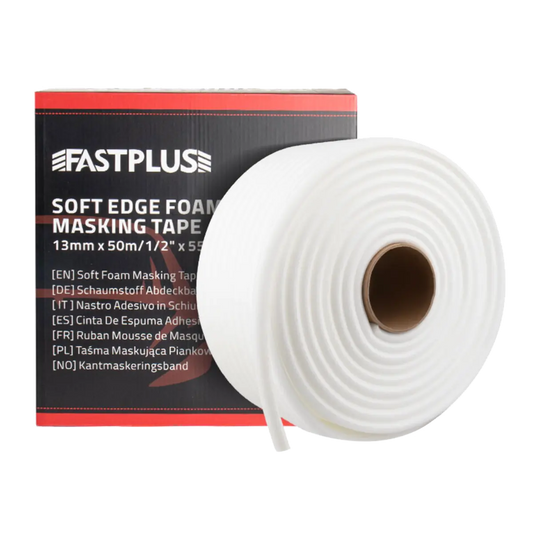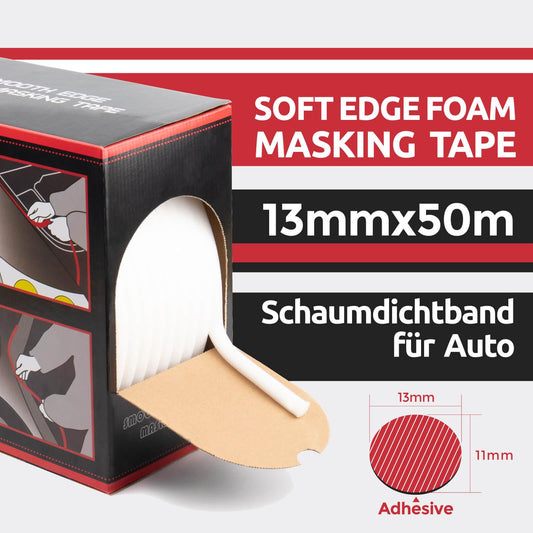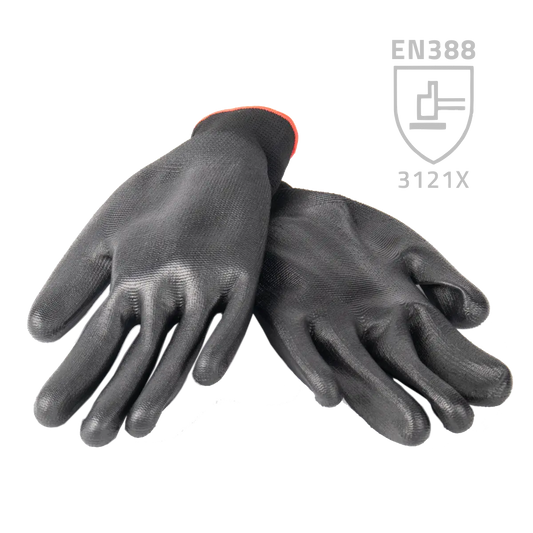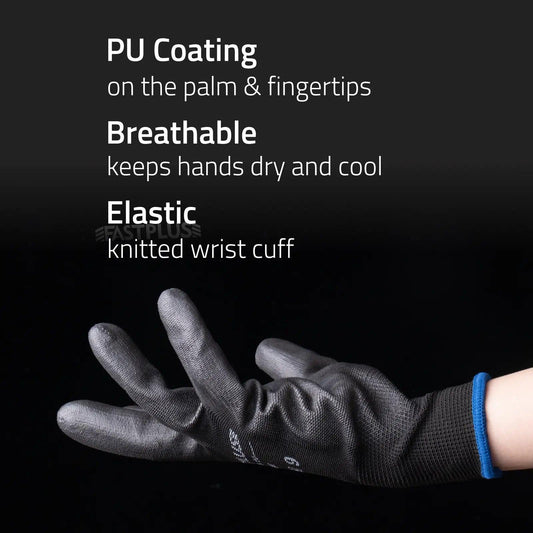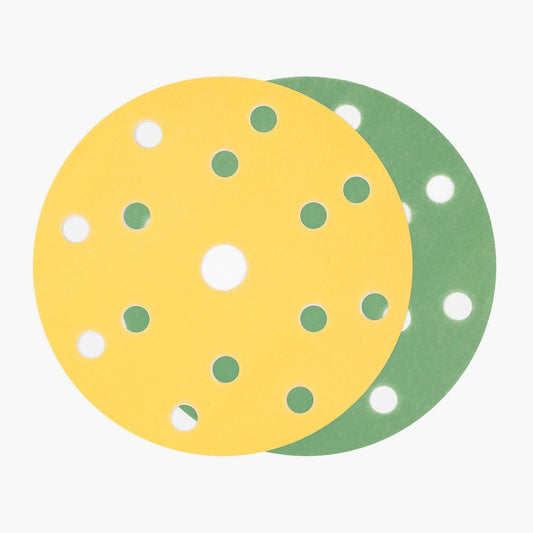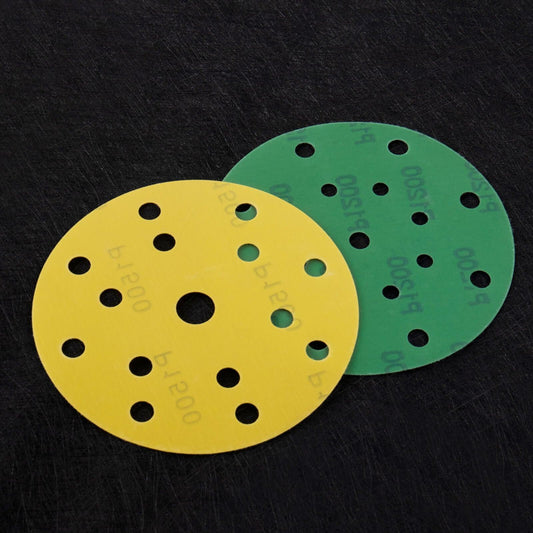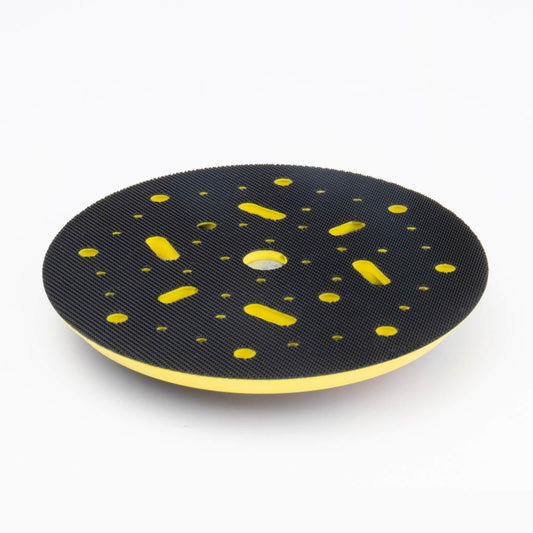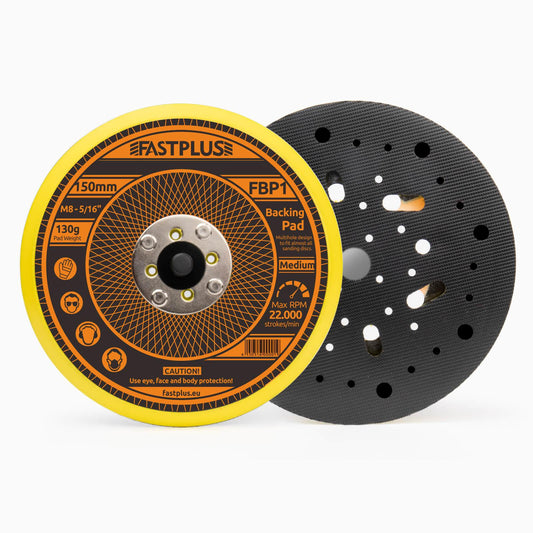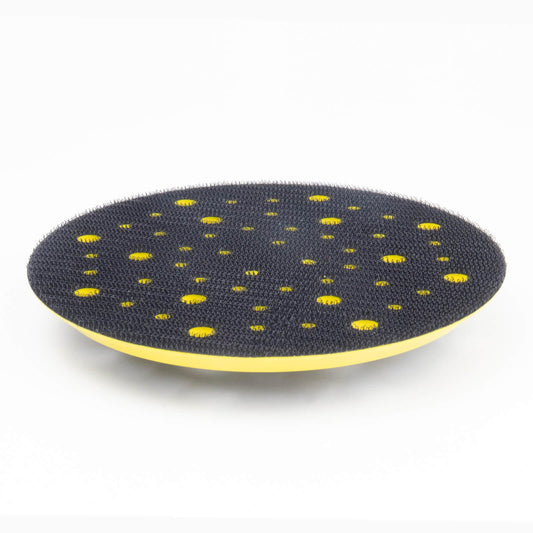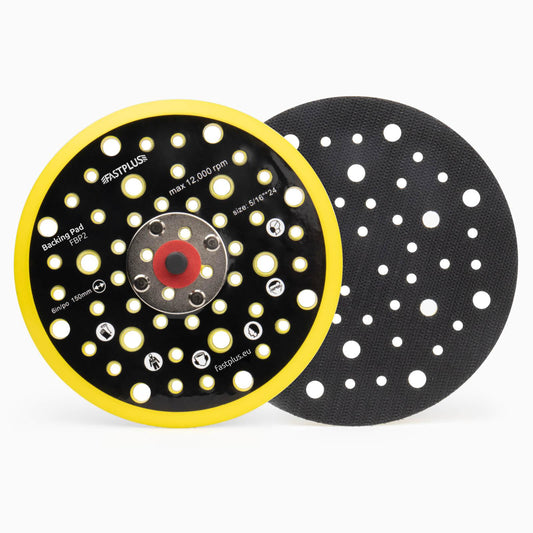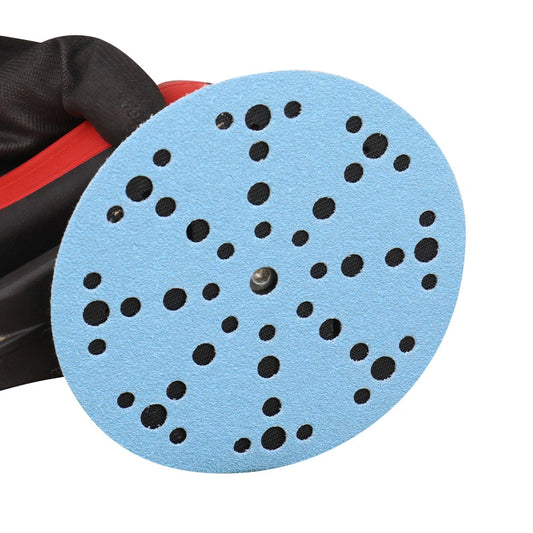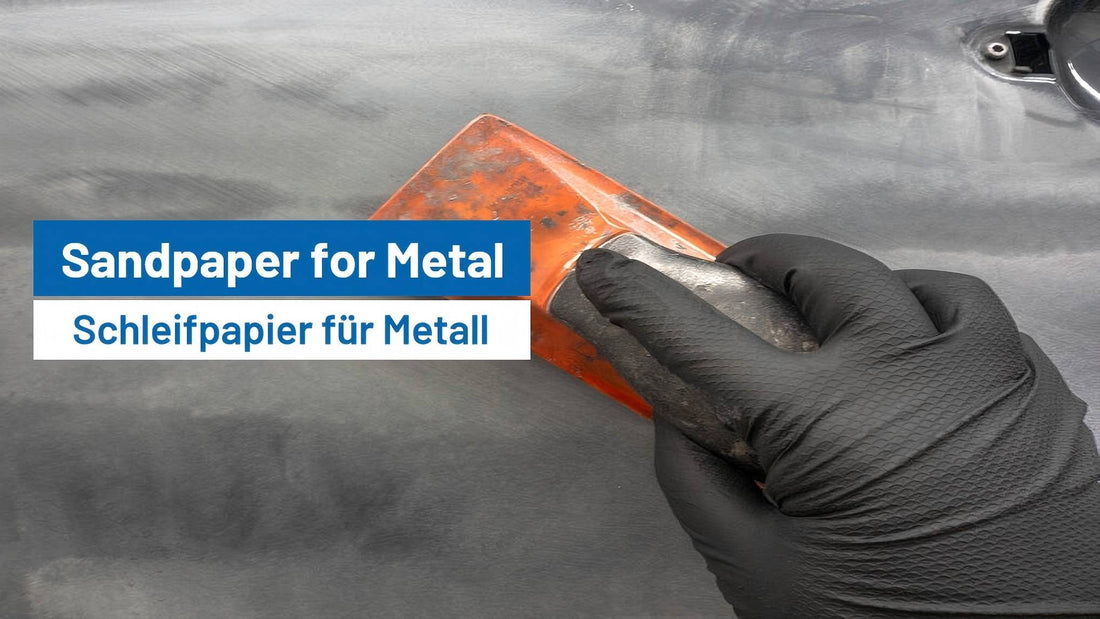
What Grit Sandpaper for Metal?
When it comes to sanding metal, the grit of the sandpaper you choose plays a critical role in determining the quality and smoothness of the finish. Selecting the right grit sandpaper can make a world of difference in your project, whether you’re working on automotive parts, metal furniture, or intricate metal sculptures. The goal is to achieve a smooth, clean surface that’s ready for painting, polishing, or further finishing processes.
In this guide, we will break down the different types of sandpaper grits for metal and their uses for metal, helping you choose the perfect one for your project.
Understanding Sandpaper Grit Numbers
Before diving into which grit to choose, let’s understand what grit numbers mean. Sandpaper grit refers to the size of the abrasive particles on the sandpaper. The higher the grit number, the finer the abrasive, and the smoother the finish. Conversely, lower grit numbers are rougher and more aggressive, ideal for heavy sanding or material removal.

- Coarse Grit (40-60): These grits are highly abrasive, used for heavy material removal, and will leave a rough finish. Ideal for stripping or sanding away rust, paint, or corrosion.
- Medium Grit (80-120): Provides moderate abrasion and is perfect for smoothing out rough surfaces or leveling inconsistencies after initial sanding.
- Fine Grit (150-180): Suitable for creating a smooth surface before polishing or applying paint. It removes any sanding marks left by coarser grits.
- Very Fine Grit (220-320): Ideal for a final smooth finish. It prepares metal for polishing, giving a more refined texture.
- Ultra-Fine Grit (400+): Used for polishing and finishing metal, ensuring a mirror-like surface free of scratches.
Choosing the Right Grit for Different Metal Projects
1. Sanding Metal to Remove Paint, Rust, or Corrosion
If your project involves removing old paint, rust, or corrosion from metal, you’ll need coarse or medium grit sandpaper. These grits are designed to quickly remove layers of paint or oxidation without causing damage to the metal underneath.
- Grit Range: 40-80
- Use: Stripping paint, removing rust, and cleaning heavily corroded metal surfaces.
- Recommendation: Start with a coarser grit like 40 or 60 to remove the bulk of the material, and then move to a medium grit like 80 to smooth out the surface. If you're working in a wet sanding environment, consider using Wet and Dry Sandpaper for smoother results without clogging the paper.
2. Sanding Metal for Surface Preparation
When preparing metal for painting, welding, or further processing, it’s essential to create a smooth and even surface. After using coarse grits to remove rough layers, switch to medium to fine grit sandpaper to level the surface and remove scratches.![]()
- Grit Range: 80-150
- Use: Smoothing rough surfaces, removing sanding marks, and prepping for paint.
- Recommendation: If you’re working with a flat metal surface, start with 80-grit sandpaper to smooth out imperfections and finish with 120 or 150-grit for a smoother texture. This process ensures that you have a clean surface for further treatment. For specialized sanding, BN38 SiC 230x280mm sandpaper can be used for finer abrasive actions on metal surfaces, providing superior performance on softer metals.
3. Sanding Metal for Polishing or Refinishing
If your project requires a polished finish, fine to very fine sandpaper grits are necessary. These grits will smooth out the metal, eliminate sanding marks, and create the reflective finish you need. Sanding with higher grit ensures a scratch-free surface and prepares it for polishing.
- Grit Range: 220-320 (for a smooth finish), 400+ (for high-polish)
- Use: Prepping for polishing, creating a smooth surface before applying a final coat of paint, or getting a high-gloss metal finish.
- Recommendation: Start with a 220-grit sandpaper to get rid of any visible sanding marks and then progress to finer grits like 320 and 400+ for an ultra-smooth surface. For a mirror-like finish, go even finer (800-1000 grit or more). Wet sanding with Wet and Dry Sandpaper will help achieve the smoothest finish by reducing the chances of clogging the abrasive surface.
4. Sanding Metal Edges or Welding Seams
For those working on projects involving metal welding or trimming metal edges, you'll want to focus on smoothing out welding seams and sharp edges. A medium to fine grit will work best for this.
- Grit Range: 120-220
- Use: Smoothing welds and metal seams, softening sharp edges.
- Recommendation: Start with a 120-grit sandpaper to smooth out the welds, then move to a 220-grit to refine the edges and create a smooth, consistent finish. The use of BN38 SiC 230x280mm sandpaper will be beneficial for its fine grit and durability in sanding welding seams.

5. Sanding Aluminum or Soft Metals
Soft metals like aluminum require special care when sanding. Aluminum is soft and can scratch easily, so it’s essential to use fine grits to avoid deep gouges and achieve a smooth, flawless finish.
- Grit Range: 150-320
- Use: Smoothing soft metals like aluminum, brass, and copper.
- Recommendation: Use a fine grit like 150 or 180 to begin the sanding process, then progress to finer grits such as 220 or 320 to get a smooth surface without damaging the material. Wet sanding with Wet and Dry Sandpaper is especially useful for metals like aluminum, as it reduces the risk of clogging and overheating the material.
Factors to Consider When Choosing Sandpaper for Metal
When selecting sandpaper for metal, several factors need to be considered to ensure the best outcome for your project:
1. Type of Metal
Different metals require different sanding techniques. For example, aluminum and other soft metals require finer grit sandpapers to avoid gouging or scratching the material. Steel, on the other hand, can handle coarser grits for heavy material removal.
2. Desired Finish
If you want a smooth, shiny finish, use higher-grit sandpaper to gradually refine the surface. If you need a rougher finish, such as for a surface that will be painted or textured, coarser grits may be appropriate.
3. Sandpaper Material
Sandpaper comes in different materials like aluminum oxide, silicon carbide, and zirconia. The material affects the durability and performance of the sandpaper.
- Aluminum Oxide: Best for general sanding of metal and wood. It’s durable, but not as aggressive as other materials.
- Zirconia: More durable and designed for heavy-duty sanding, ideal for sanding tough metals like stainless steel.
- Silicon Carbide: A sharper, more aggressive material, great for sanding metals like aluminum and brass.

4. Sandpaper Backing
The backing of sandpaper determines how flexible or stiff the paper is. For metal sanding, look for paper with a heavy-duty backing, especially for coarse grits, as this will prevent the paper from tearing easily.
5. Sanding Method
The method of sanding (hand sanding, power sanding, or using a disc sander) will also affect the choice of grit. For power sanding, you may need to use a higher grit to avoid scratches or gouges caused by the power tool's pressure.
Final Thoughts
Choosing the right grit sandpaper for metal projects is essential for achieving the perfect finish. From removing rust and paint to polishing metal for a glossy surface, using the correct grit will ensure an efficient process and a professional outcome. Start with coarser grits for material removal and progress to finer grits for a smooth, refined finish.
For your next sanding project, choose FastPlus for top-quality sandpaper that guarantees durability and superior performance. Whether you're working on automotive, construction, or artistic metal projects, FastPlus offers the ideal sandpaper to meet your needs and deliver flawless results every time.


